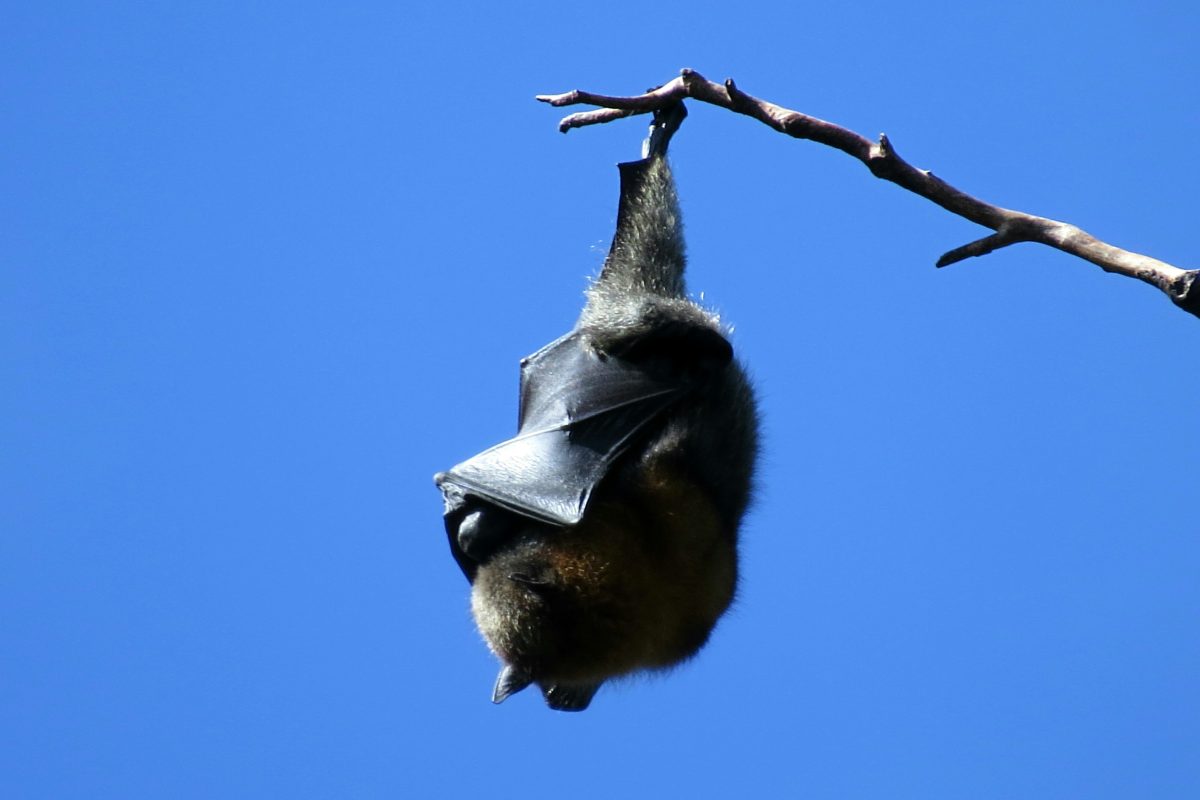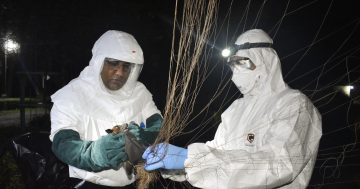
Researchers may have found a potential treatment for the deadly Nipah and Hendra viruses. Photo: Sally Dixon.
Australian experts have discovered a potential strategy to neutralise newly discovered viruses with “pandemic potential” found in bats in China, thanks to an alpaca named Pedro.
Researchers from The University of Queensland have identified the first nanobody to work against Nipah and Hendra viruses, henipaviruses that had scientists raising concerns last month given the viruses’ high mortality rate, and are closer to creating a vaccine for them.
The henipavirus is a group of viruses that emerged in the 1990s due to climate change and deforestation, which caused foxes to move into urban settings closer to horses, pigs and humans. It’s mainly spread through fruit bats (who are natural hosts of the virus) as well other animals like horses.
Queensland recorded its first case of Hendra virus in three years after a horse passed away after contracting the virus earlier this month.
Charles Sturt University’s Gulbali Institute epidemiologist Ariful Islam said the biggest challenge was the lack of World Health Organisation (WHO) approved vaccines or therapeutics for these viruses.
The Nipah virus has a 40 to 75 per cent mortality rate, while the Hendra virus has a 70 per cent mortality rate.
“You know the Nipah and Hendra virus is an emerging pandemic potential virus,” Dr Islam said.
“There is no WHO approved vaccine or any therapeutics, and it’s a big challenge.
“The cases, this number is small and outbreaks occur in a particular area, then the therapeutics is in its early stages.
“Settings where we can provide treatment was the missing pieces. But I think this is a fantastic, brilliant findings.”
The nanobody found by Australian researchers is called DS90, and came from immune cells of Pedro the alpaca.
One-tenth the size of an antibody, the nanobody’s microscopic size gives it a unique advantage to access hard-to-reach areas of a virus and block transmission.
Antibodies and nanobodies are proteins that “search and destroy”, binding to foreign objects like viruses and bacteria to mark them for destruction by other immune cells. The main differences between the two proteins are that they differ significantly in size, structure and origins (antibodies are found in all mammals while nanobodies are only found naturally in camelids like camels and alpacas).
DS90 works by binding to the Nipah and Hendra virus’ fusion protein, and prevents them from fusing with host cells, thereby neutralising them.
Even with a potential vaccine on the way, Dr Islam believes an early warning system is still important.
“It shows very promising results, that’s like one milestone and they can now work on the human or clinical trials,” Dr Islam said.
“Vaccination is one of the best weapon against outbreaks.”
This concept is known as herd immunity, which occurs when a sufficient percentage of the population has developed immunity towards an infection – either through previous infections or vaccination – which would allow the infection to naturally fade away.
“Vaccines works on the immune system like pre-exposure status,” he said.
“If outbreak occurs and human to human transmission occur, we need to control the outbreaks.
“An antibody therapy will be like a new layer of protection against bat-borne viruses like Nipah or Hendra virus in case of any outbreaks.
“While vaccine is the key prevention, treatment could be vital for rapid response in outbreak settings.
“We need safe guidelines and treatment facilities. This research findings is definitely a milestone for Nipah and Hendra on outbreak segmentation and treatment.”









